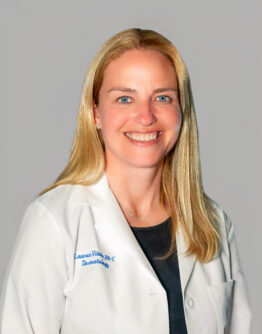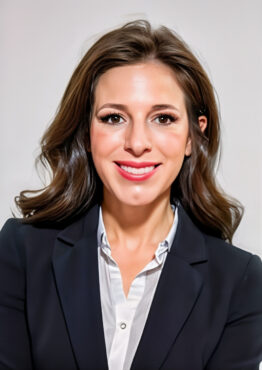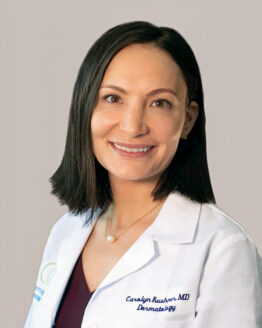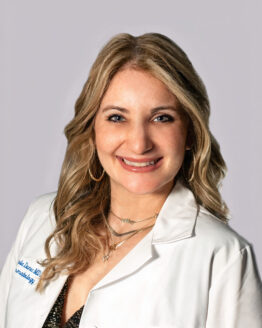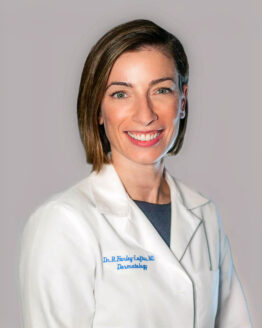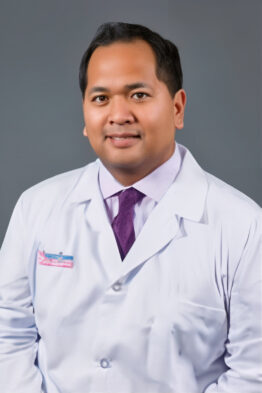Dermatology in New Jersey
Your skin is your largest and heaviest organ, serving many vital functions. It protects you from heat, cold, germs, and dangerous substances. It’s also a great indicator of your overall health — changes in the color or feel of your skin can be a sign of a medical problem. It’s essential to take proper care of your skin and be aware of its overall health.
A Dermatologist is a doctor who has expertise in the care of:
- Skin.
- Hair.
- Nails.
They’re experts in diagnosing and treating skin, hair, and nail diseases, and they can manage cosmetic disorders, including hair loss and scars.
What do dermatologists do?
Dermatologists diagnose and treat skin conditions. They also recognize symptoms that appear on your skin, which may indicate problems within your body, such as organ disease or failure.
Dermatologists often perform specialized diagnostic procedures related to skin conditions. They use treatments including:
- Externally applied or injected medicines.
- Ultraviolet (UV) light therapy.
- A range of dermatologic surgical procedures, such as mole removal and skin biopsies.
- Cosmetic procedures, such as chemical peels, sclerotherapy, and laser treatments.
What are the common conditions that dermatologists treat?
Some of the most common conditions a dermatologist may treat include:
- Acne.
- Eczema.
- Hair loss.
- Nail fungus.
- Psoriasis.
- Skin cancer.
- Rosacea.
What types of procedures do dermatologists perform?
Common procedures include:
- Electrosurgery: Electrosurgery involves the surgical use of a high-frequency electric current to cut or destroy tissue.
- Cryosurgery: Cryosurgery involves the surgical use of extreme cold to freeze and destroy tissue.
- Laser surgery: Laser surgery involves the surgical use of special light beams.
- Excision surgery: Excision surgery involves using a sharp knife (scalpel) to excise (remove by cutting) tissue with appropriate closures.
- Mohs surgery is a surgical technique that involves the layer-by-layer removal of cancer cells from the skin.
- Mole removal: A mole removal involves the partial or total removal of a mole from your body. They study the mole for cancer or other skin diseases.
- Vein treatment: After evaluating your damaged veins, dermatologists may treat them with sclerotherapy or laser treatments.
When should I make an appointment with a dermatologist?
Some of the more common symptoms for which you may want to see a dermatologist include:
- A patch of skin or a mole has changed in size, color, or shape.
- Skin cancer.
- Severe or persistent acne.
- Rash.
- Hives.
- Scars.
- Eczema.
- Psoriasis.
- Rosacea.
- Dark spots on your face (hyperpigmentation).
- Long-lasting skin irritation.
- Infections.
- Warts.
- Hair loss.
- Nail disorders.
- Signs of aging.
- Varicose and spider veins.
